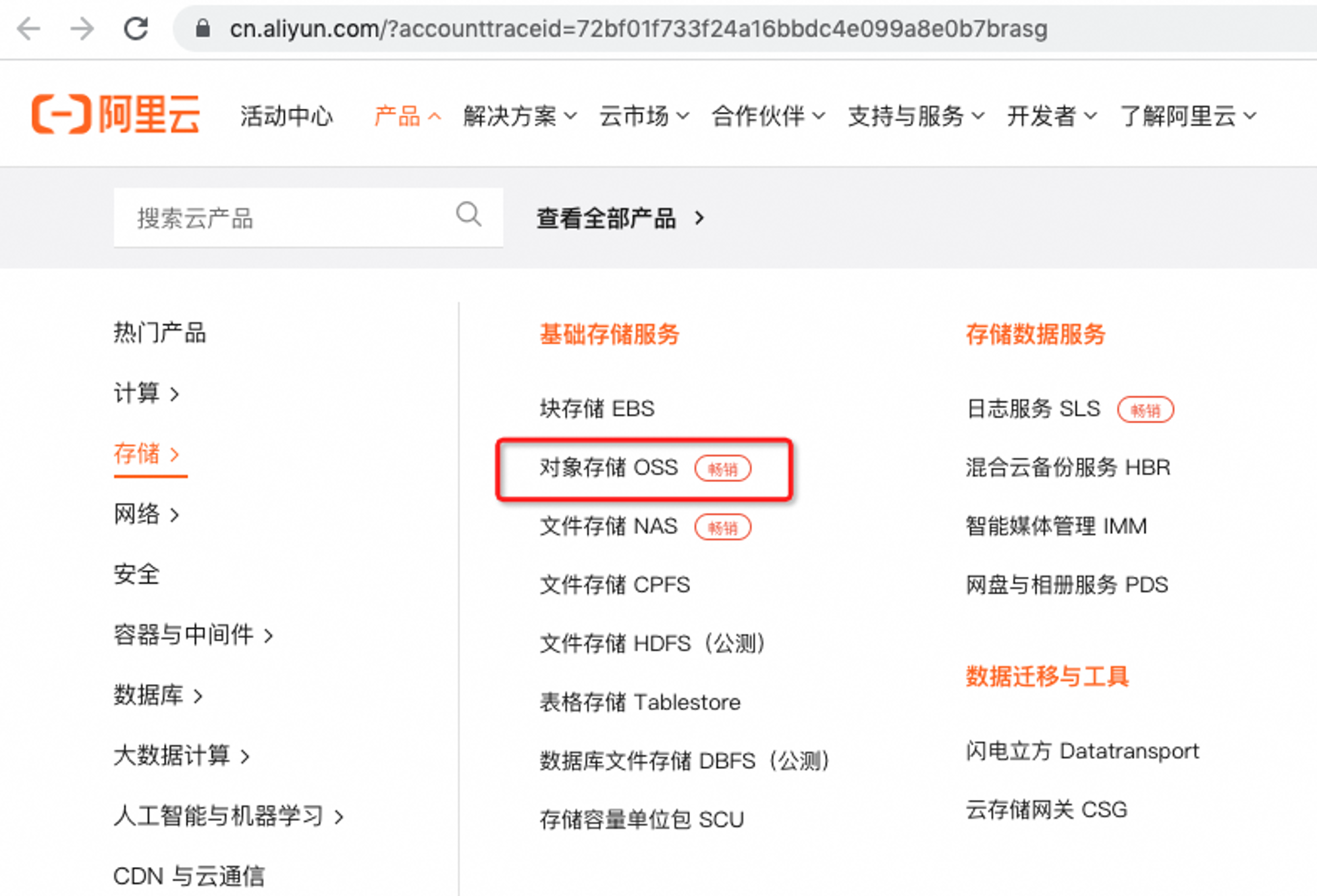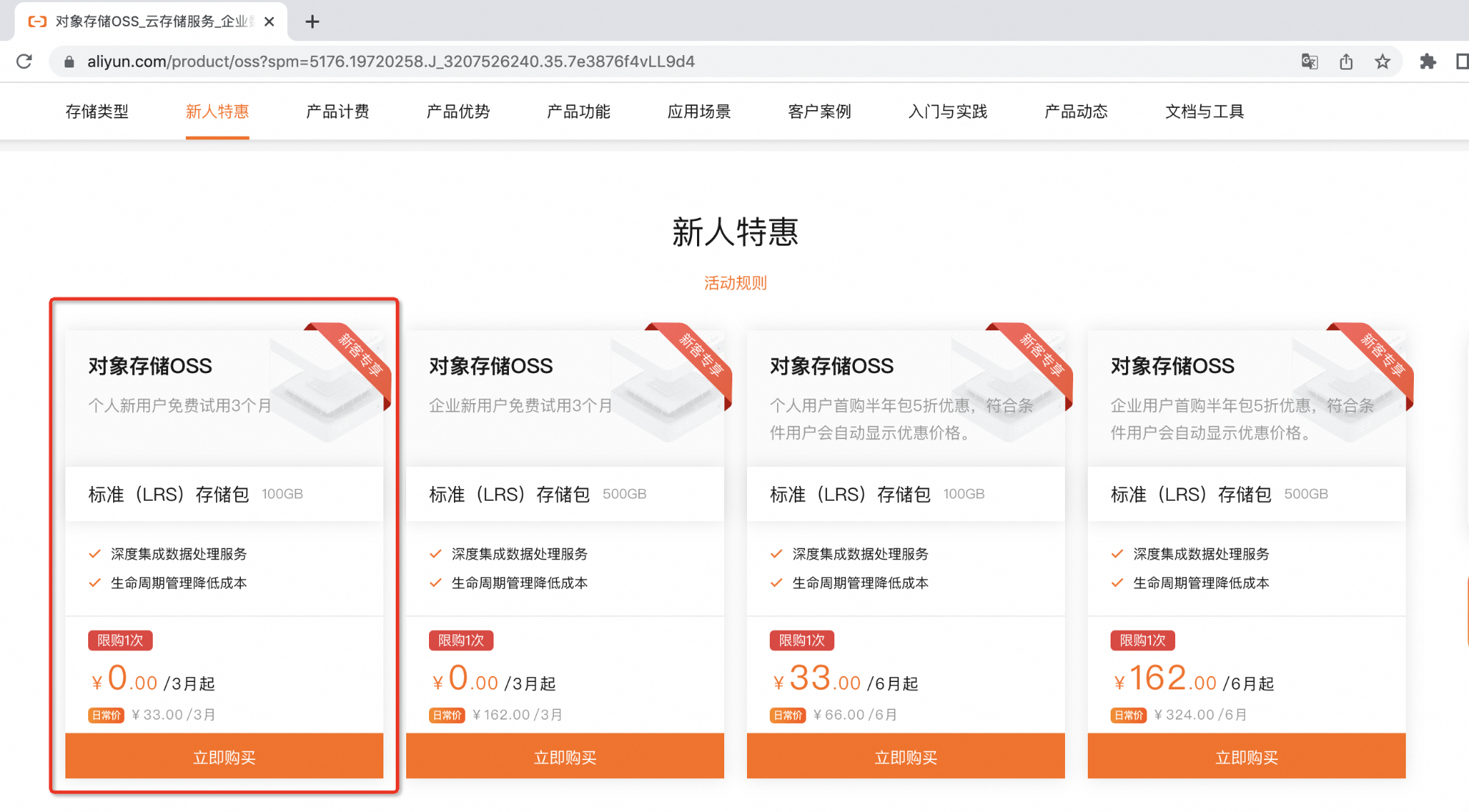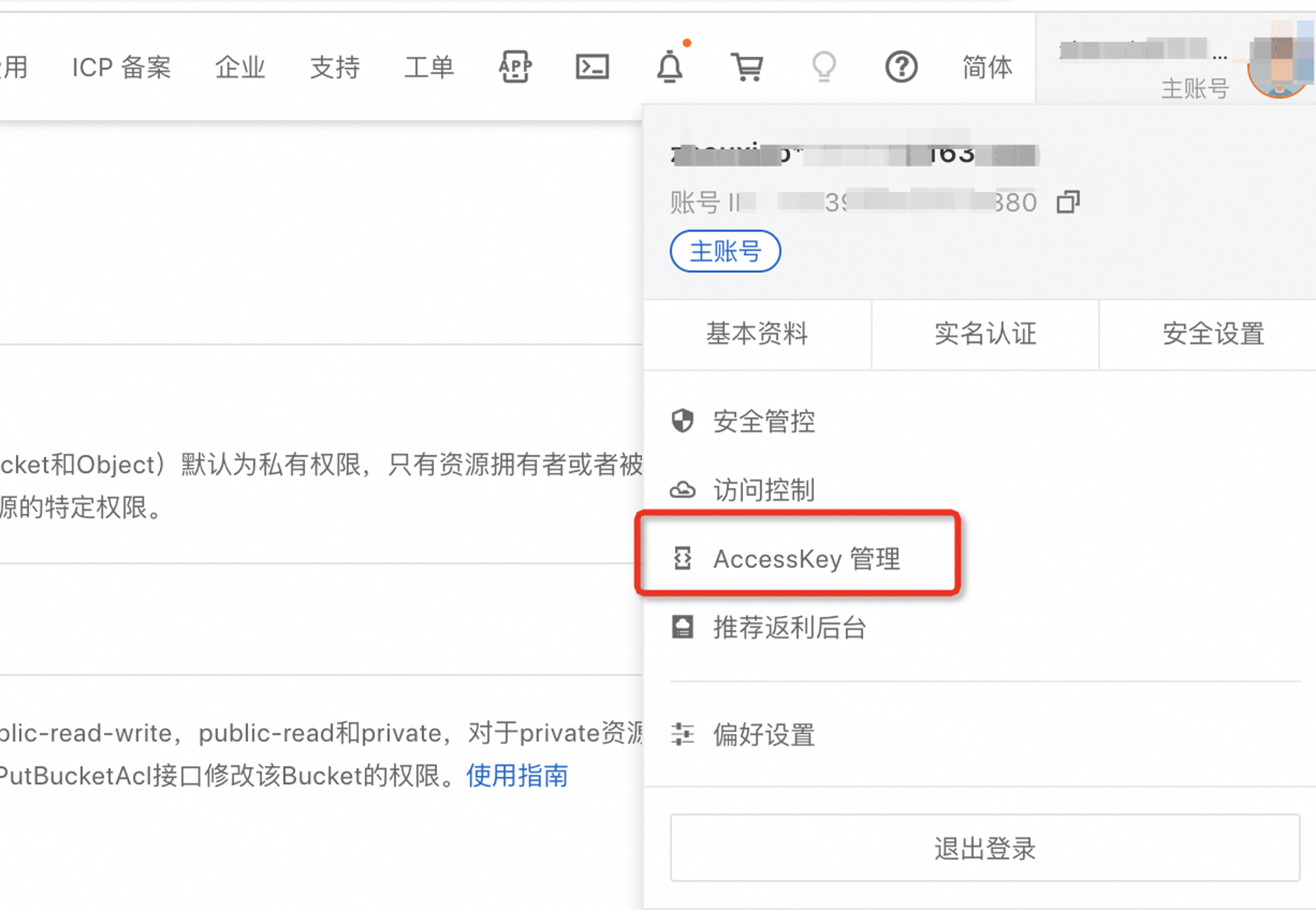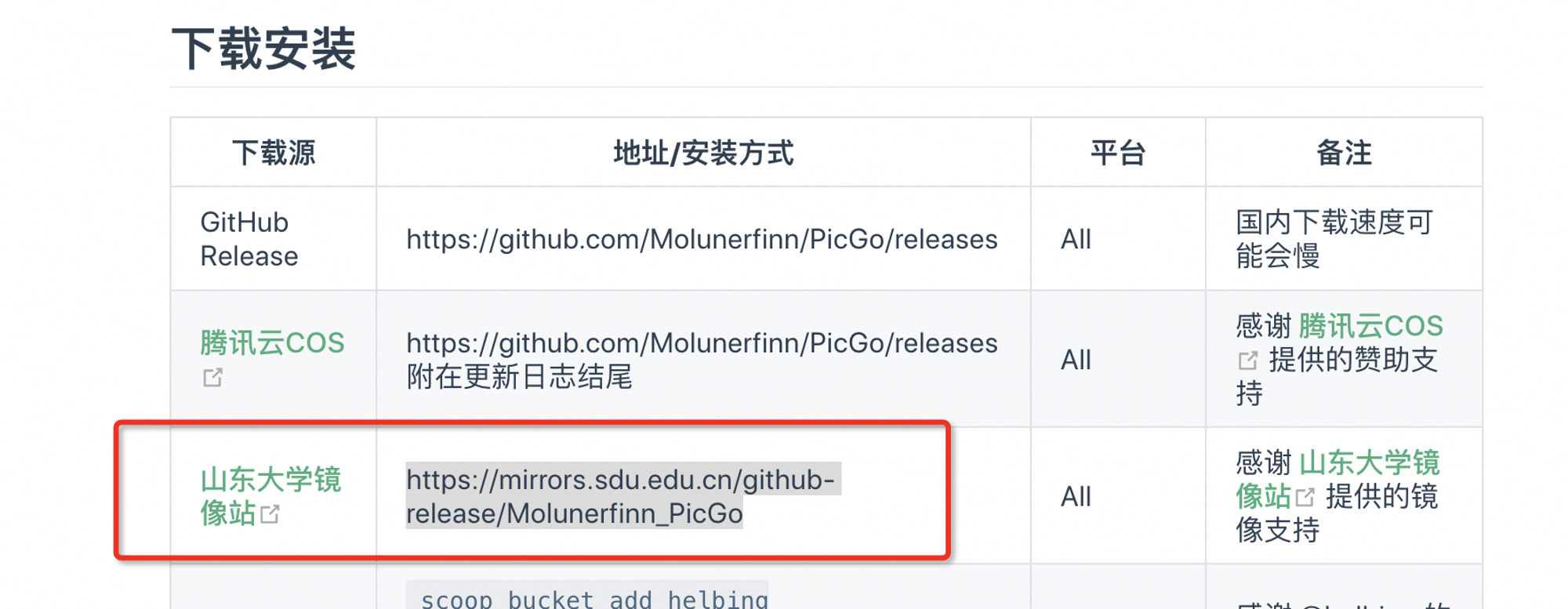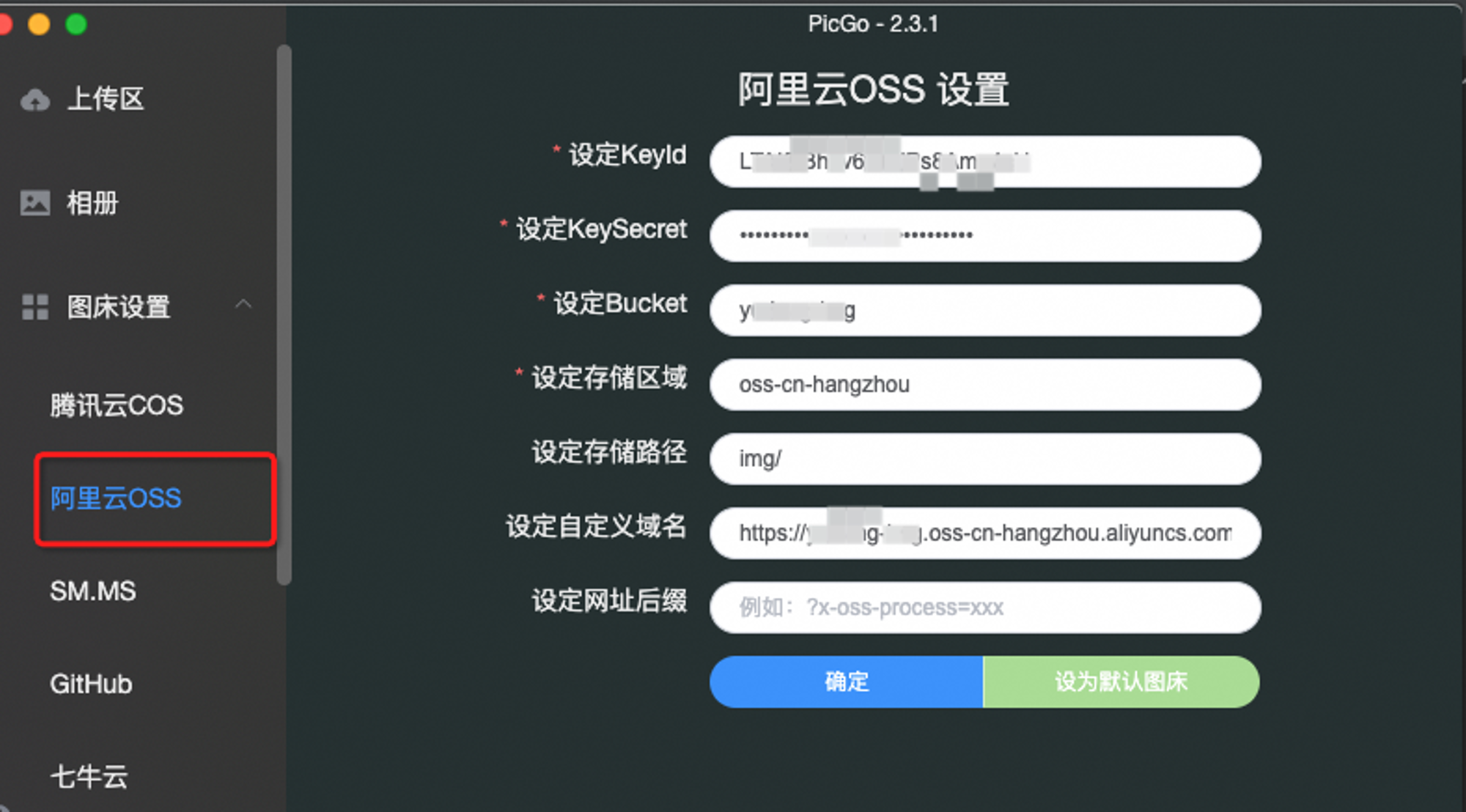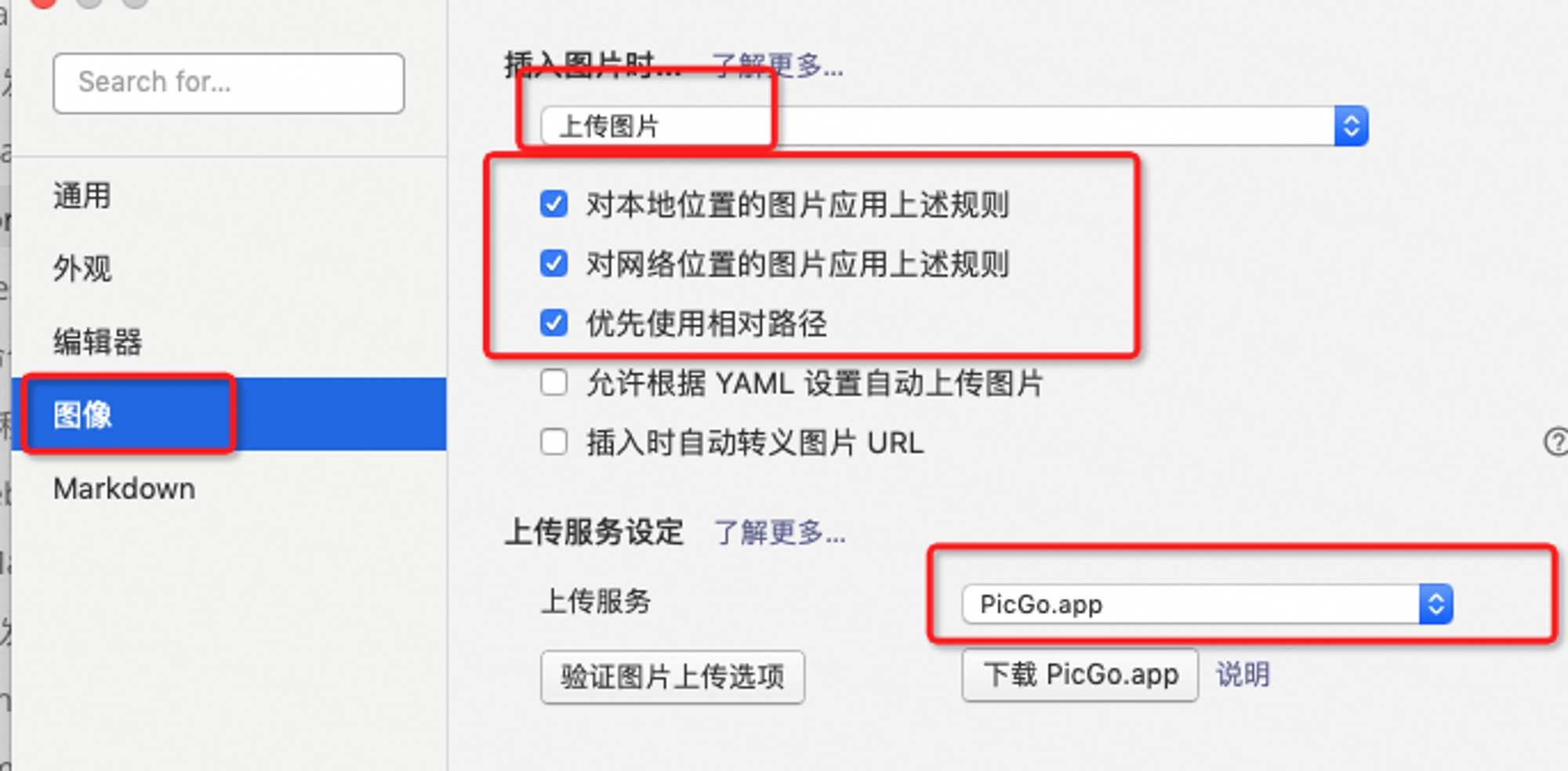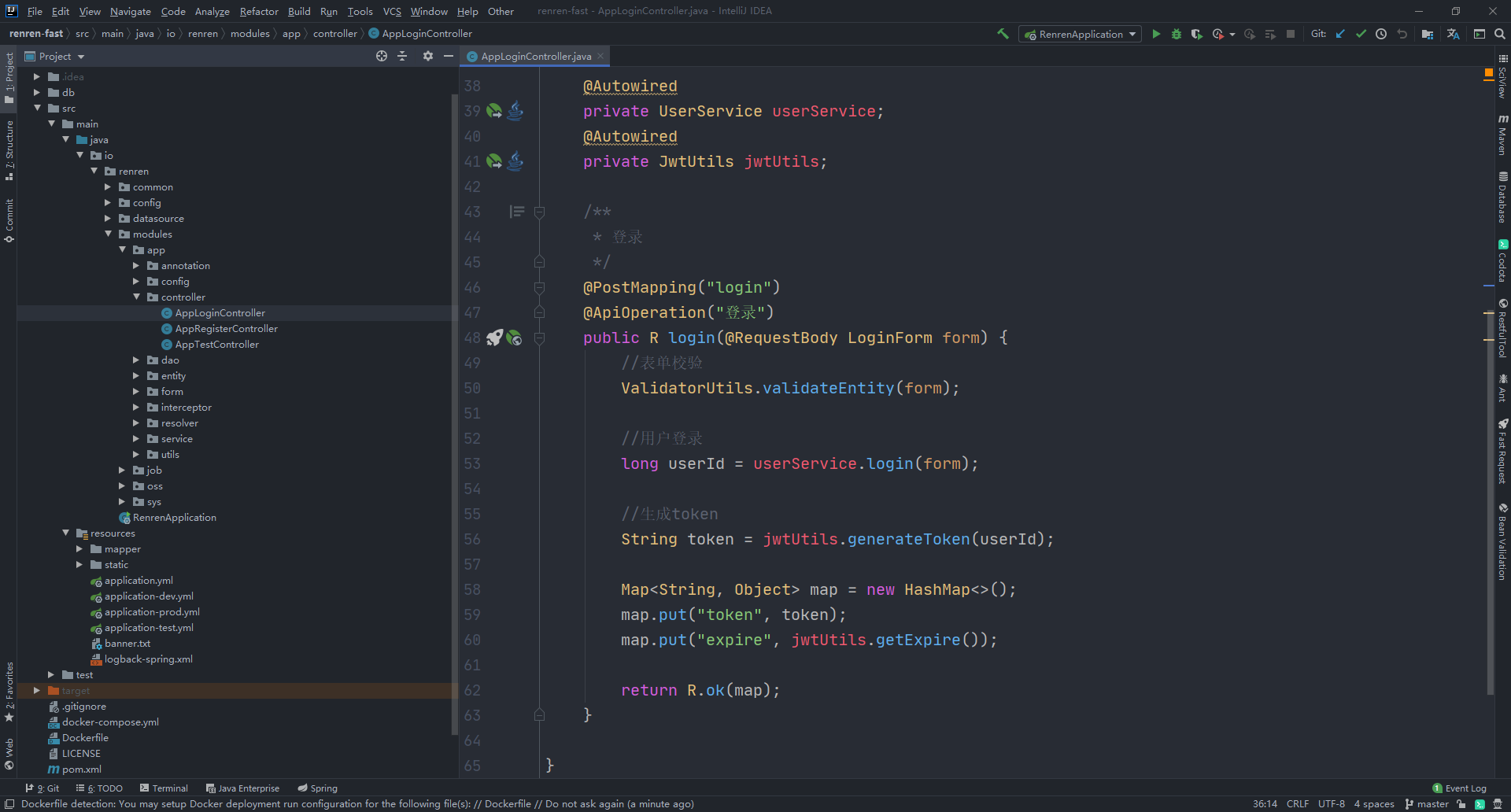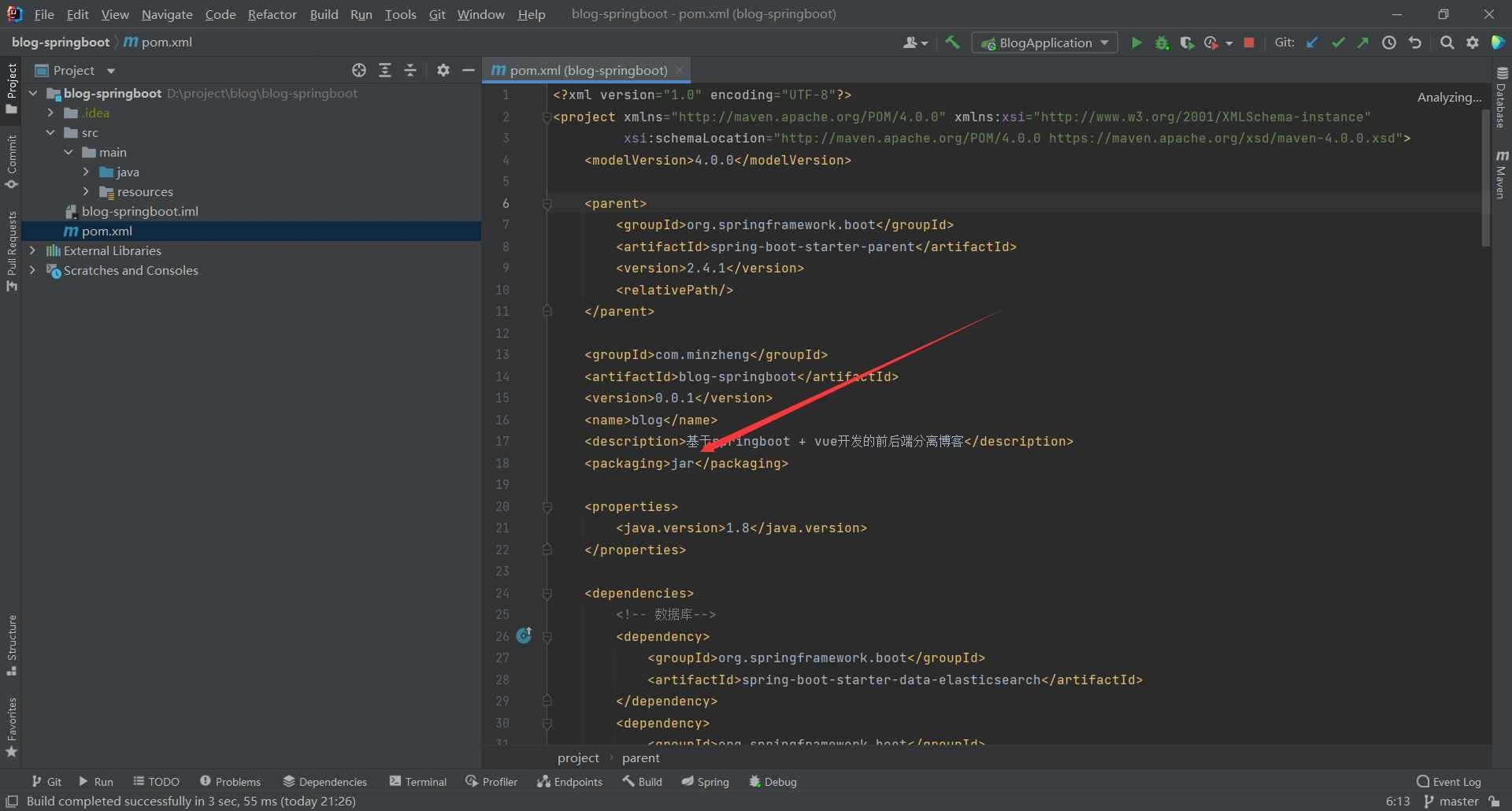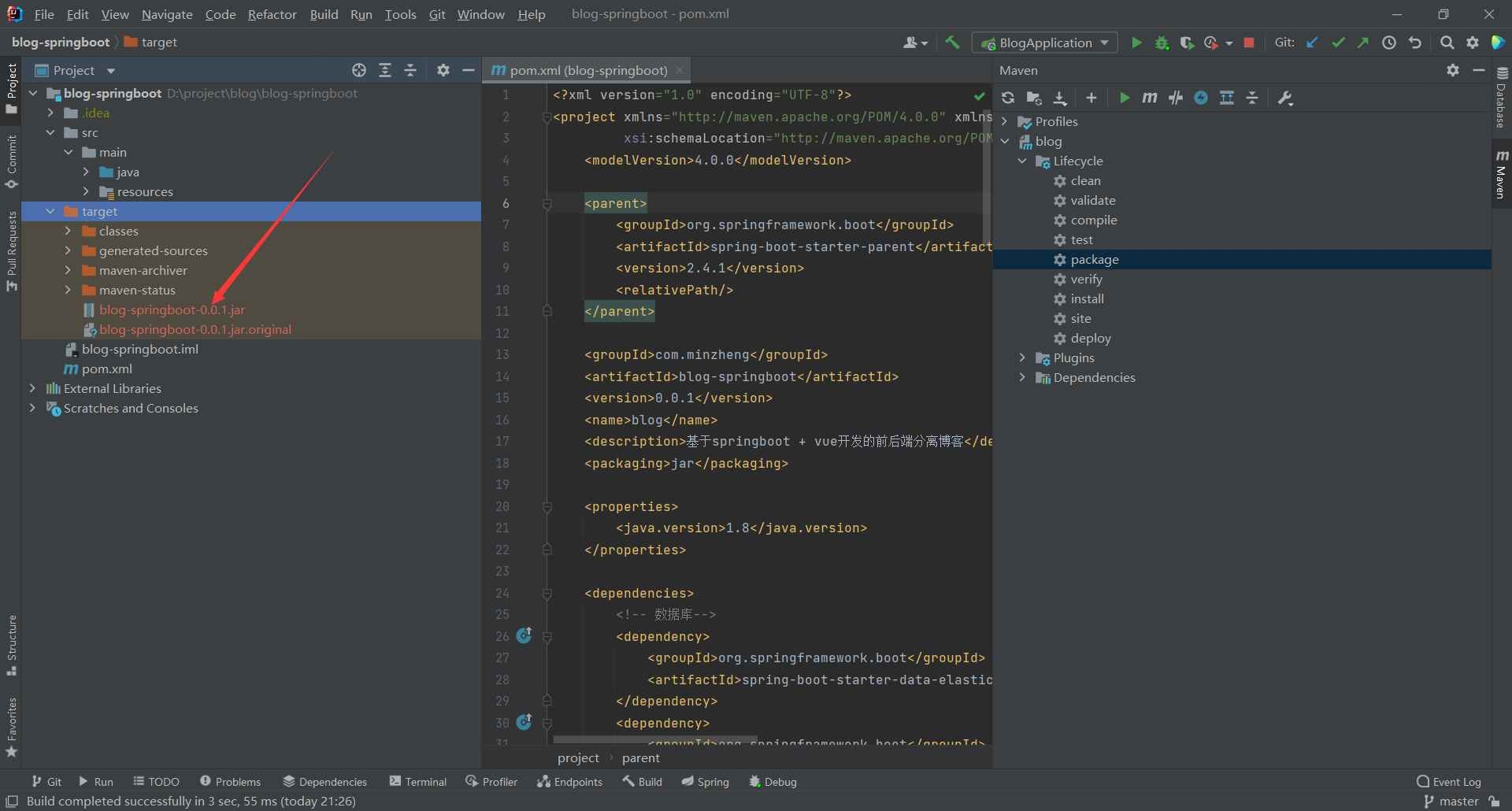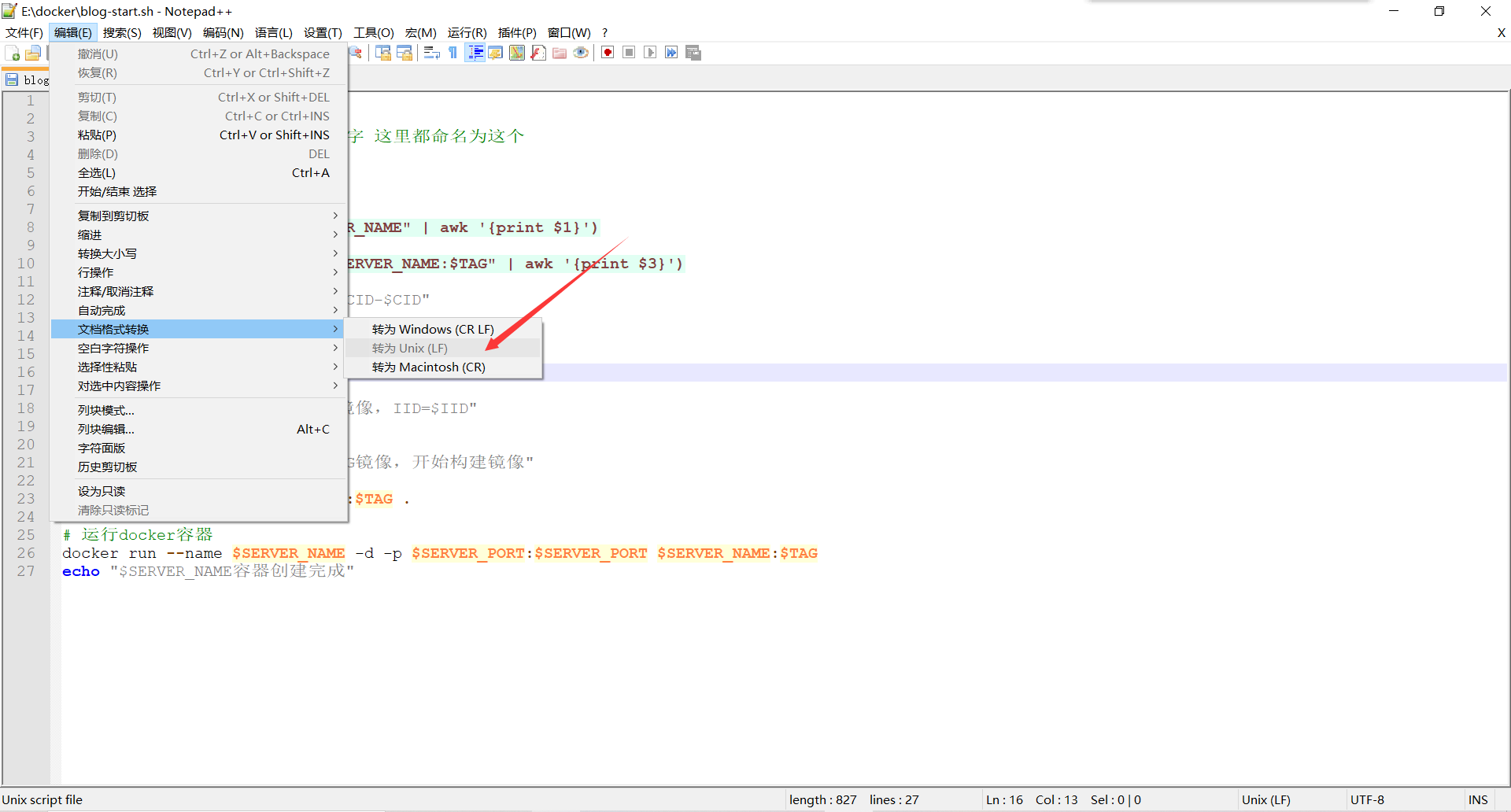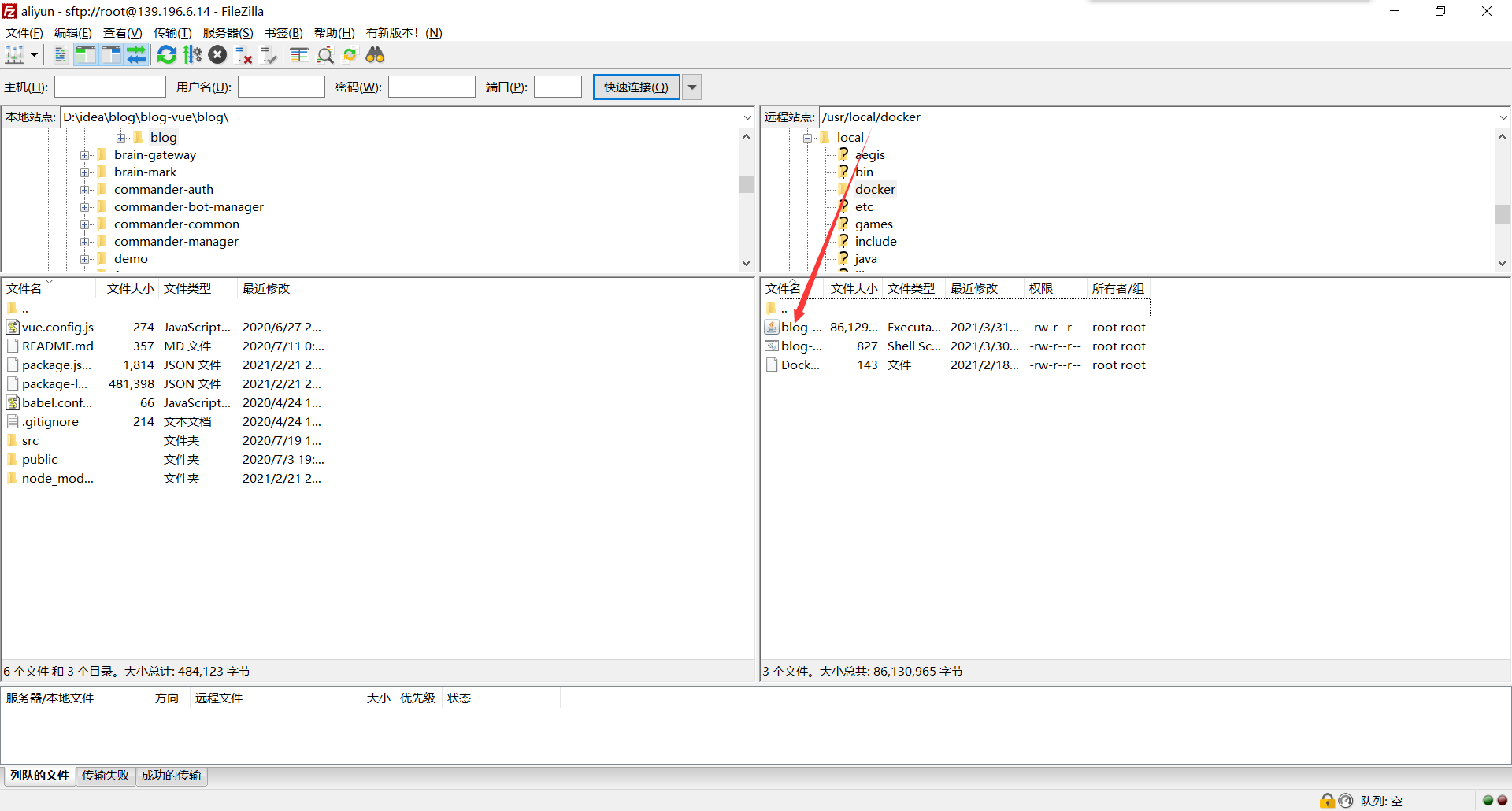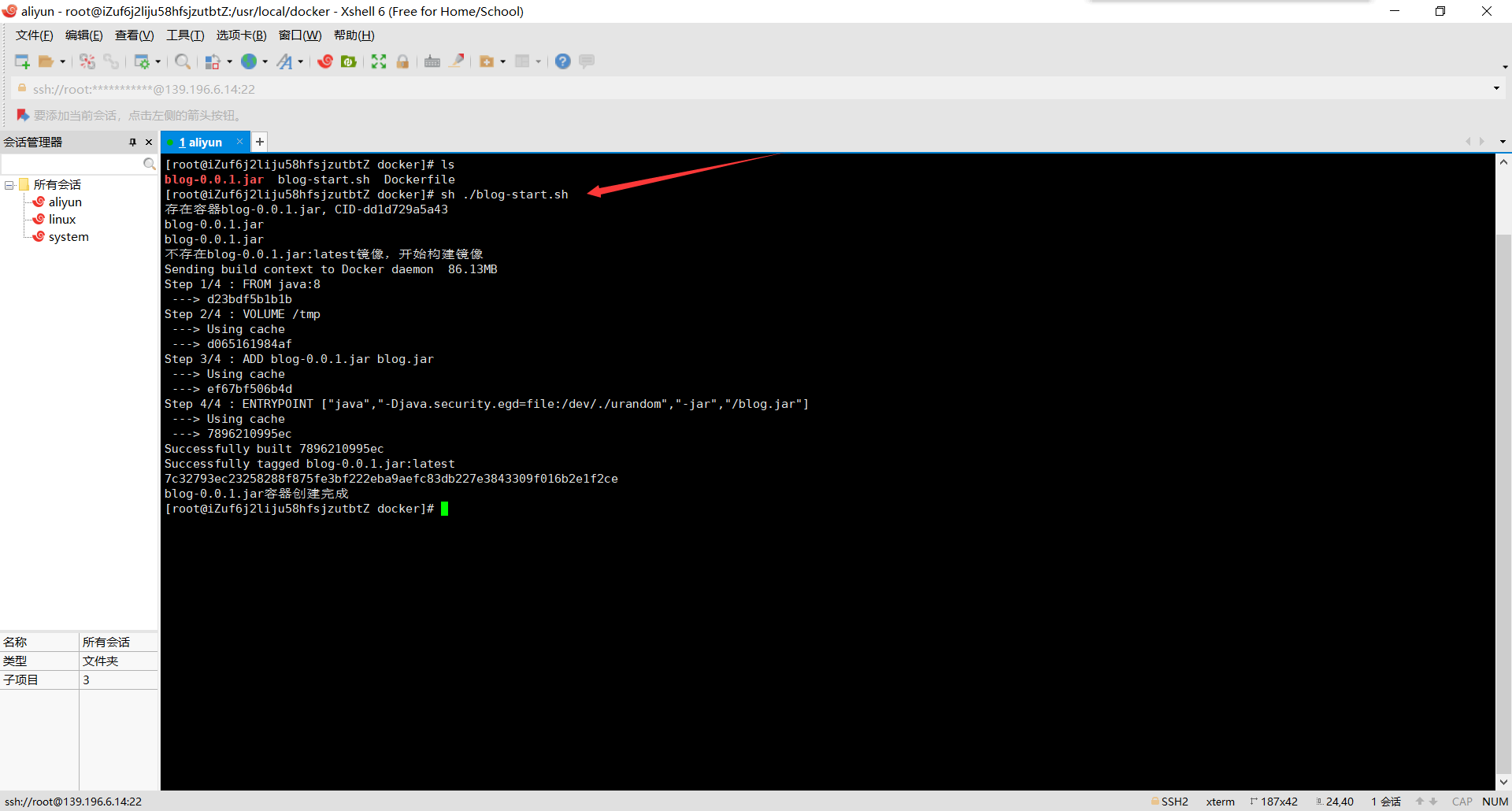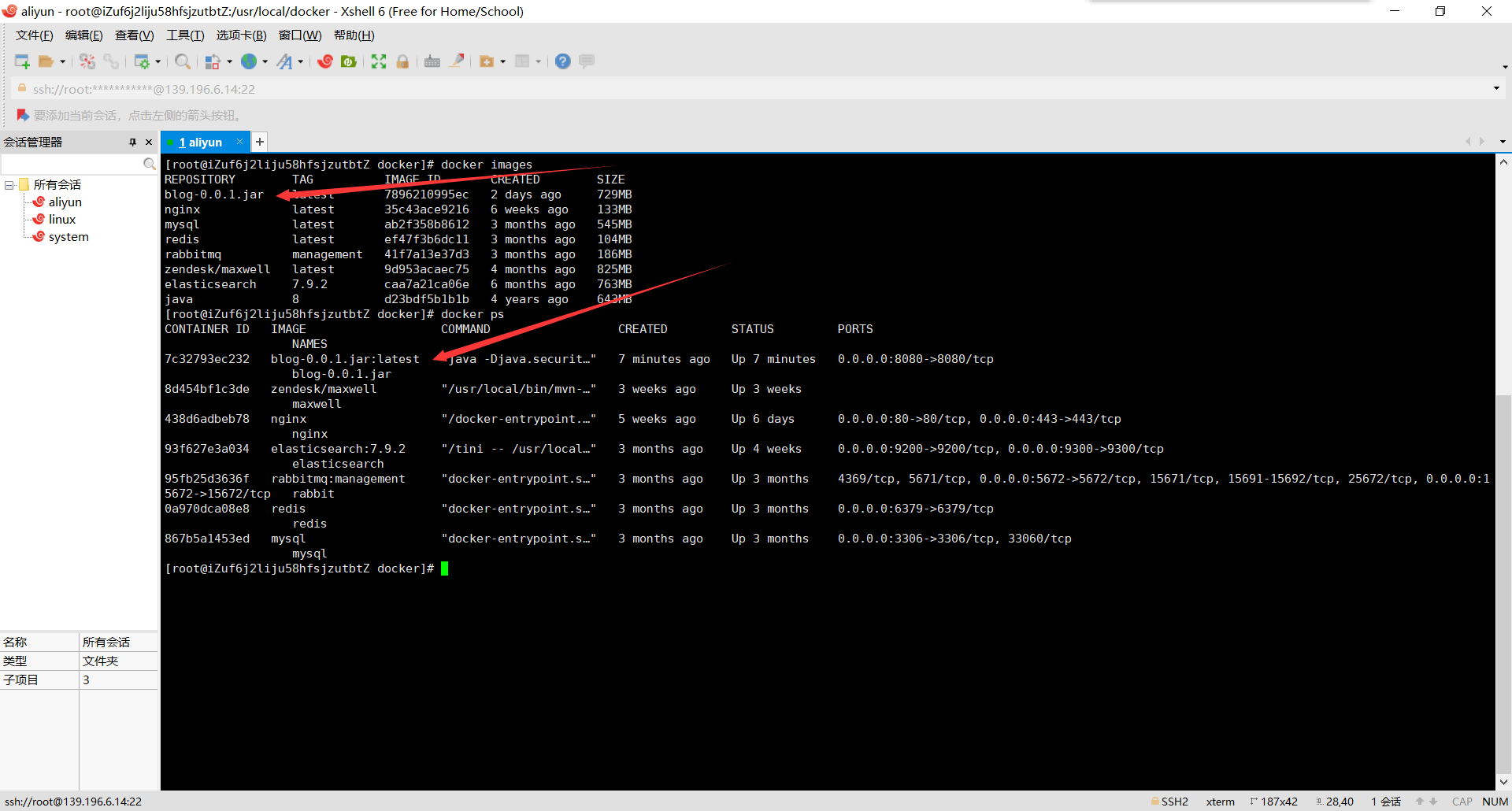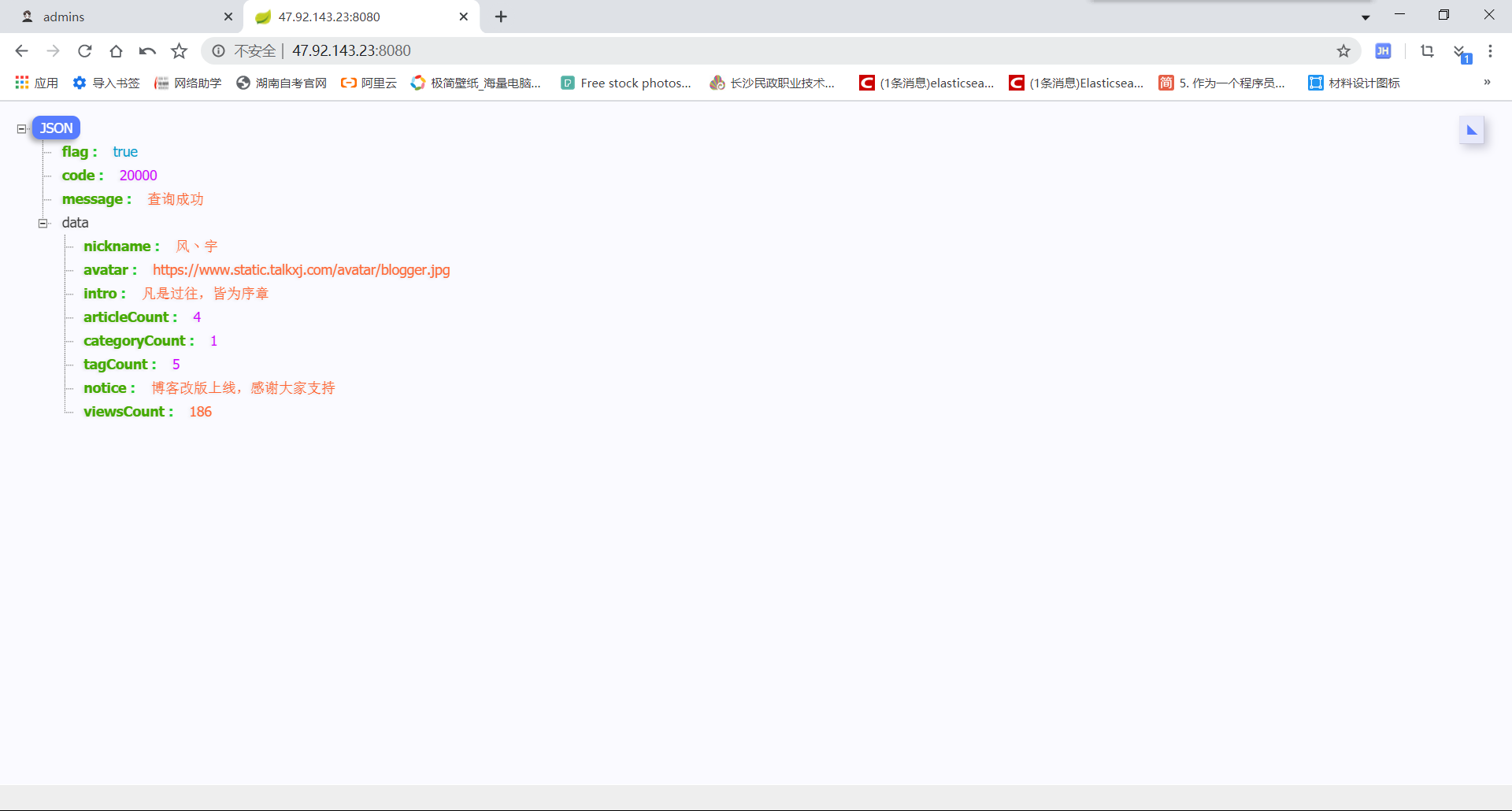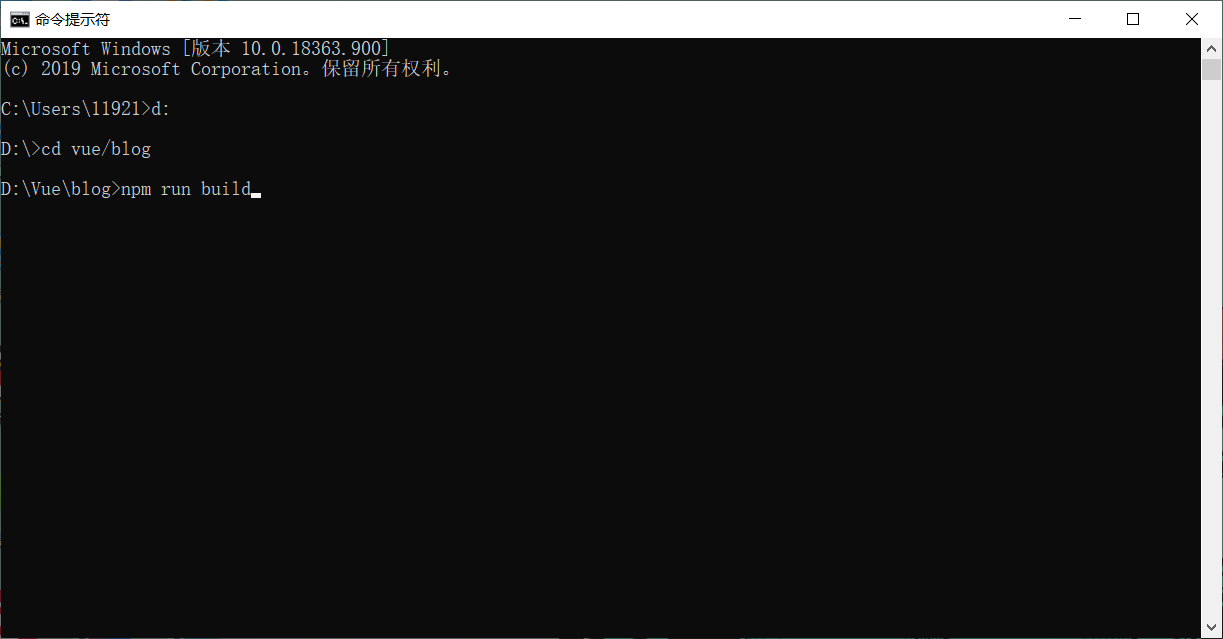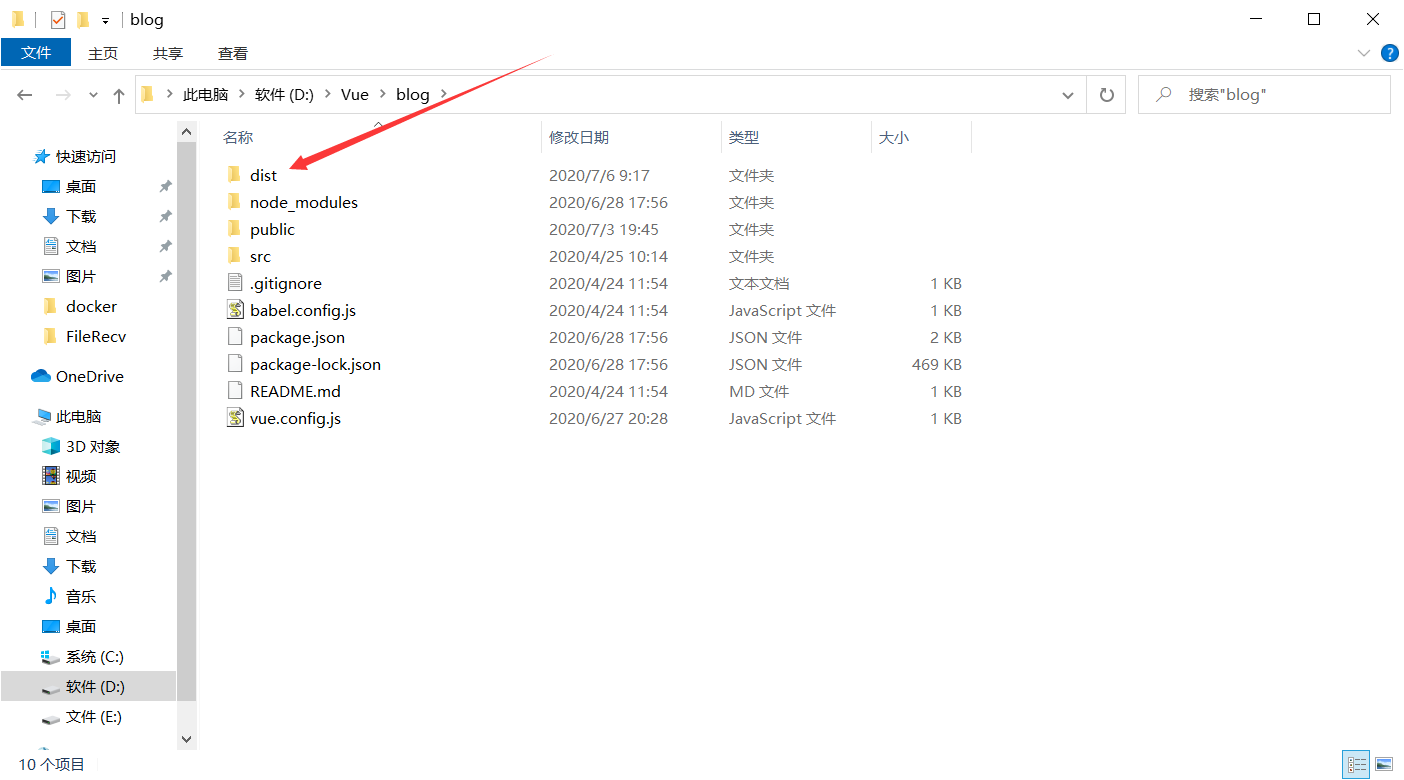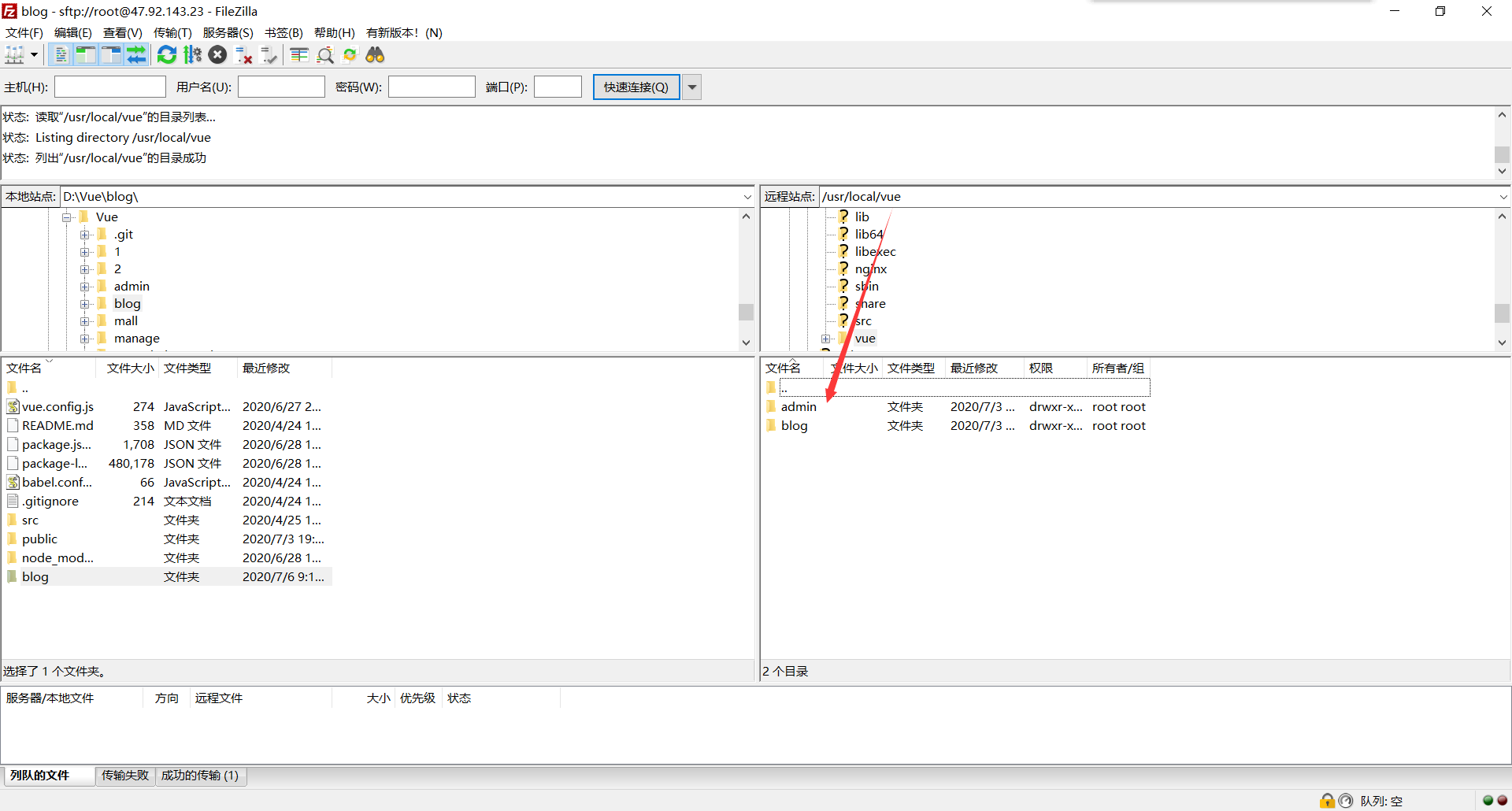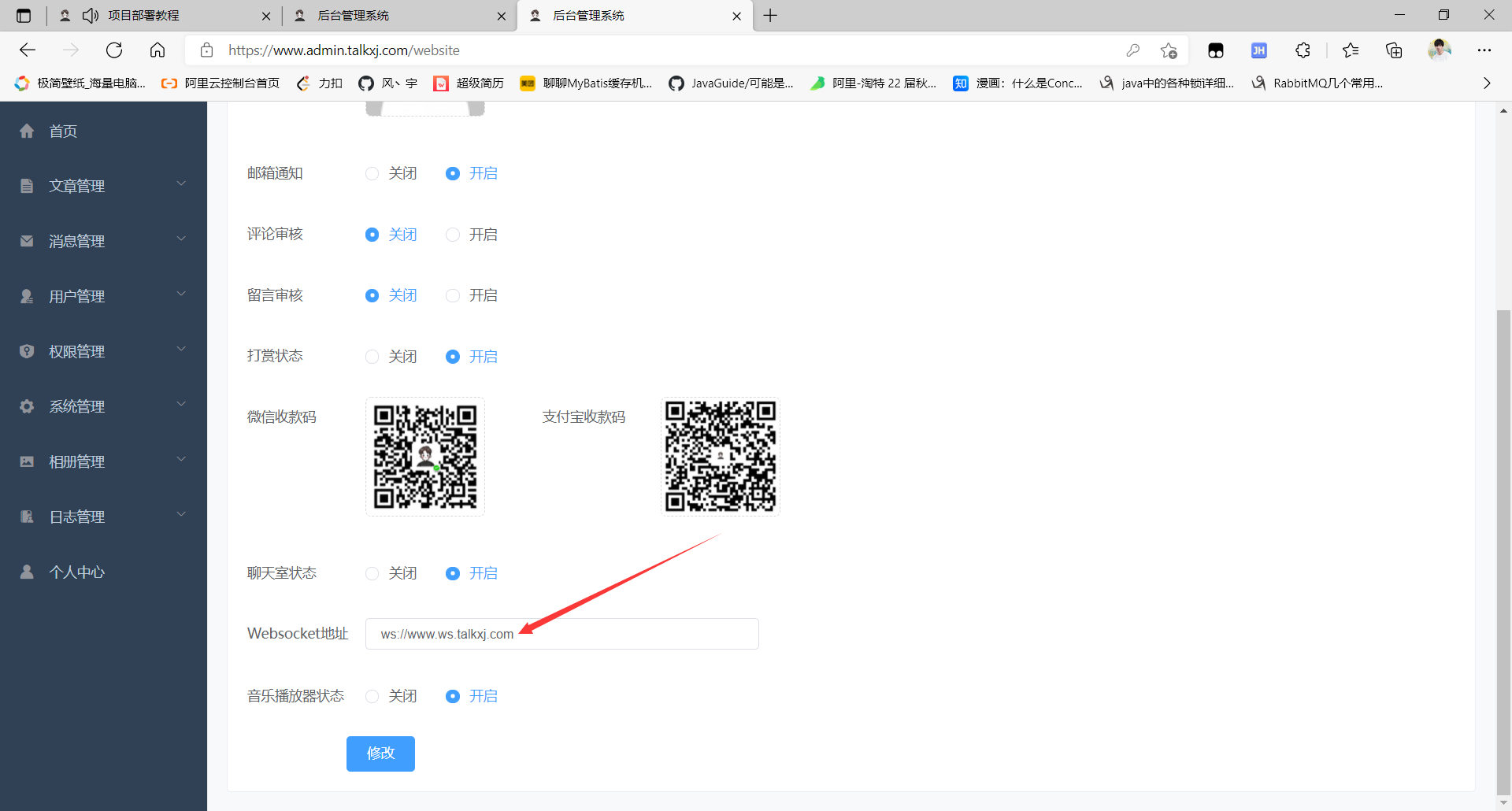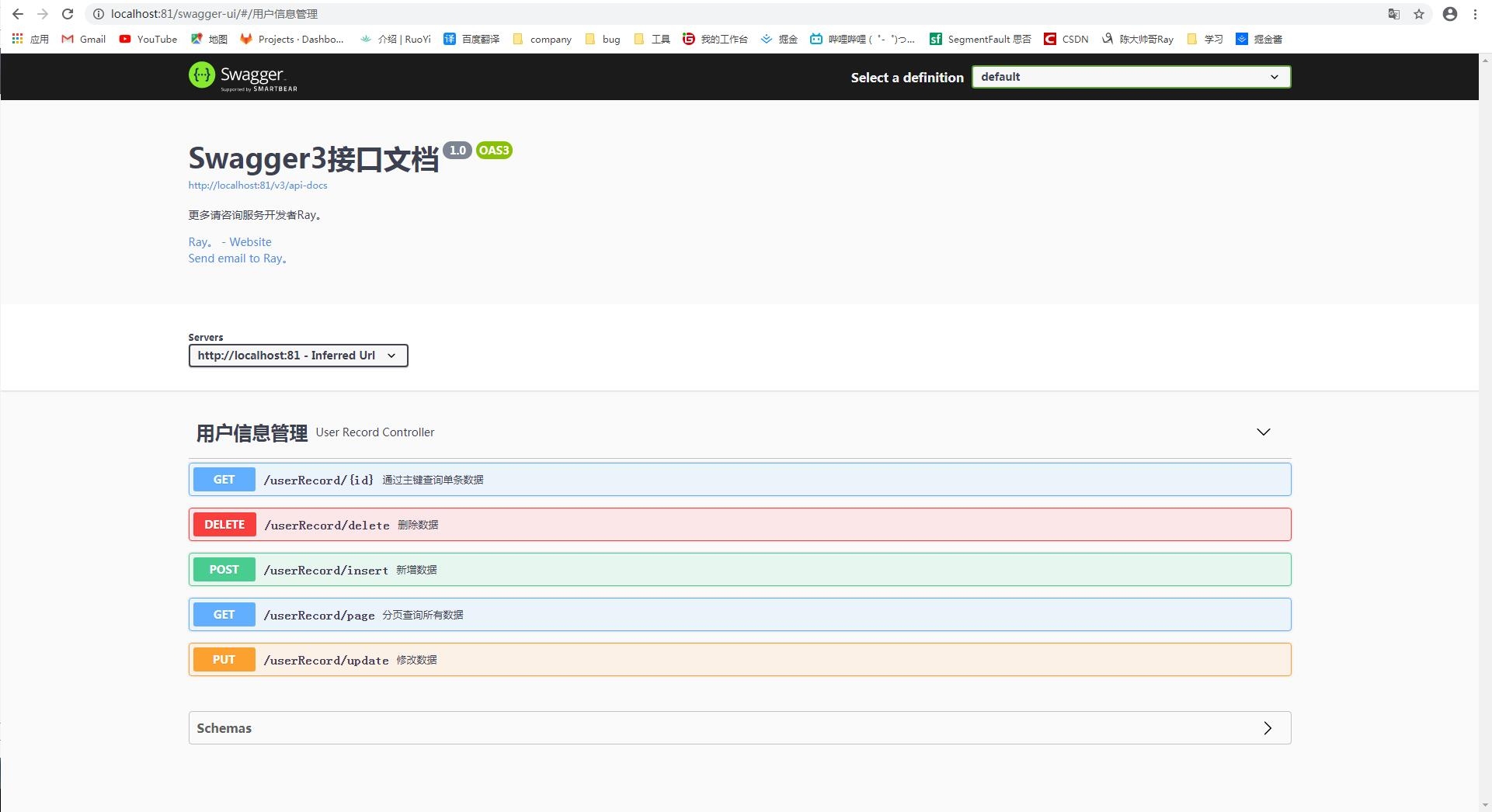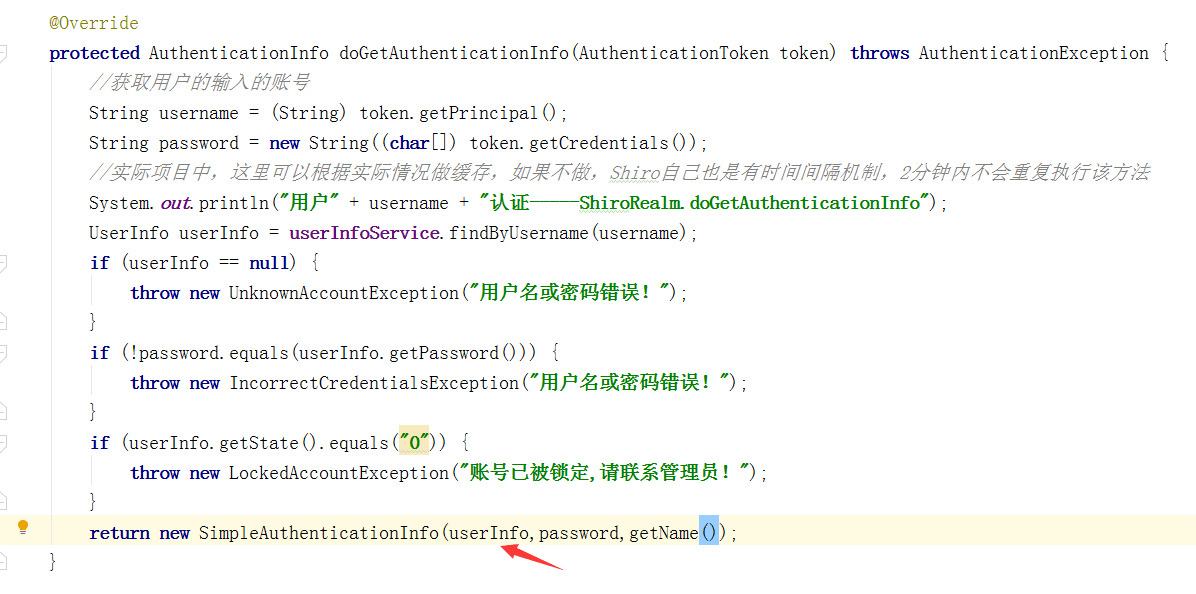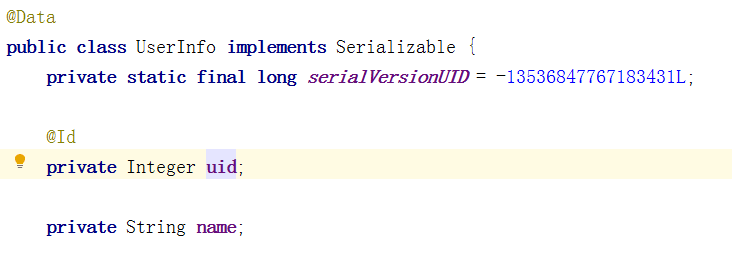系统用的是Centos,自带了python环境,考虑到后期维护使用virtualenv虚拟环境来为应用创建”隔离”的python运行环境。
virtualenv虚拟环境是一个创建隔绝的Python环境的工具。

- 隔离性:virtualenv可以创建一个隔离的环境,这个环境与其他Python环境(如系统环境或全局环境)完全隔离。这意味着,在这个环境中安装的包不会影响其他环境,反之亦然。这有助于解决不同项目之间的依赖冲突问题。
- 易于管理:每个虚拟环境都有自己的
pip版本,这意味着你可以为每个项目安装特定版本的pip。此外,每个环境都有自己的Python解释器,这使得版本控制变得简单。 - 安全性:由于每个环境都是隔离的,因此在一个环境中安装的包不会影响其他环境。这意味着在一个环境中安装的恶意包不会影响其他环境。
- 灵活性:你可以为不同的项目创建不同的虚拟环境,每个环境都有自己的Python解释器和pip版本。这使得你可以根据项目的需求来配置环境。
- 易于使用:virtualenv易于安装和使用。你只需要在命令行中输入一些命令就可以创建新的环境,安装包等。这对于初学者来说非常友好。
一、部署项目
1.导出项目所需要的依赖包
1 | pip freeze > requements.txt |
2.创建python虚拟环境(env_name当前环境的名称)
1 | python -m venv env_name |
创建后会生成一个文件夹,里面包含了项目运行所需要的环境

3.启动虚拟环境
1 | source env_name/bin/activate |
3.启动python脚本
1 | pip install -r requements.txt # 先导入依赖包 |
4.关闭虚拟环境命令
1 | deactivate |
二、后台运行python脚本
1.nohup命令可以使你在注销账户或关闭终端时,程序仍然保持运行。该命令的基本语法为:
1 | nohup python your_program.py & |
&1是一个指向标准输出的指针,2是标准错误输出的文件描述符,该命令会将标准输出和标准错误写入到app.log
2.其中,your_program.py为需要后台运行的Python程序文件名,&符号表示在后台运行程序。运行上述命令后,你可以看到如下输出:
1 | nohup: ignoring input and appending output to 'nohup.out' |
3.这意味着你的Python程序已经在后台运行,并将输出信息保存在nohup.out文件中。你可以使用tail命令跟踪该文件以查看程序输出信息。如果你想停止程序的运行,可以使用kill命令。示例代码如下:
1 | tail -f nohup.out |
4.其中,PID为你程序的进程ID,在运行nohup命令后你可以使用:
1 | ps -ef | grep python # 命令查找进程ID。 |
三、升级python版本
1.官网下载安装包
2.解压:tar -xf Python-3.10.4.tgz
3.进入解压后的目录:./configure && make && make install
4.先找到python文件,准备创建软链接

5.创建软连接(/usr/local/bin/python3.10是存放python文件目录)
1 | ln -sf /usr/local/bin/python3.10 /usr/bin/python |
四、踩坑记录
1.使用nohup命令后,日志文件内没有日志输出,我遇到的问题是存在输出缓存,通过修改启动命令解决:
1 | nohup python -u your_program.py >app.log 2>&1 & |
